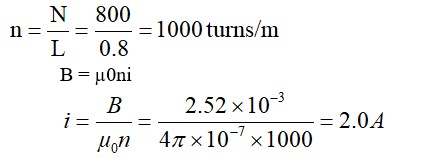Match the items of Column I and Column II.
Column I
Column II
(i) SN1 reaction
(a) vic-dibromides
(ii) Chemicals in fire extinguisher
(b) gem-dihalides
(iii) Bromination of alkenes
(c) Racemisation
(iv) Alkylidene halides
(d) Saytzeff rule
(v) Elimination of HX from alkylhalide
(e) Chlorobromocarbons
Match the items of Column I and Column II.
|
Column I |
Column II |
|
(i) SN1 reaction |
(a) vic-dibromides |
|
(ii) Chemicals in fire extinguisher |
(b) gem-dihalides |
|
(iii) Bromination of alkenes |
(c) Racemisation |
|
(iv) Alkylidene halides |
(d) Saytzeff rule |
|
(v) Elimination of HX from alkylhalide |
(e) Chlorobromocarbons |
-
1 Answer
-
This is a matching answer type question as classified in NCERT Exemplar
Racemization is the process of converting enantiomers into a racemic mixture, which is a mixture comprising two optically active enantiomers in equal quantities, from the results of the SN1 reaction. Chemical fire extinguishers are chlorobromocarbons.
Bromination of alkenes produces vic-dibromides, which are formed when halogen atoms of the same kind are linked to nearby carbon atoms of the molecule. Alkylidene dihalides, sometimes called gem-dihalides, are dihalides that have two halogen atoms bonded to the same carbon atom. The Saytzeff rule governs the removal of&
...more
Similar Questions for you
Photodiode in reverse bias mode is used as intensity measuring device.
Tertiary haloalkane does not undergo SN2 reaction
Taking an Exam? Selecting a College?
Get authentic answers from experts, students and alumni that you won't find anywhere else
Sign Up on ShikshaOn Shiksha, get access to
- 65k Colleges
- 1.2k Exams
- 679k Reviews
- 1800k Answers






